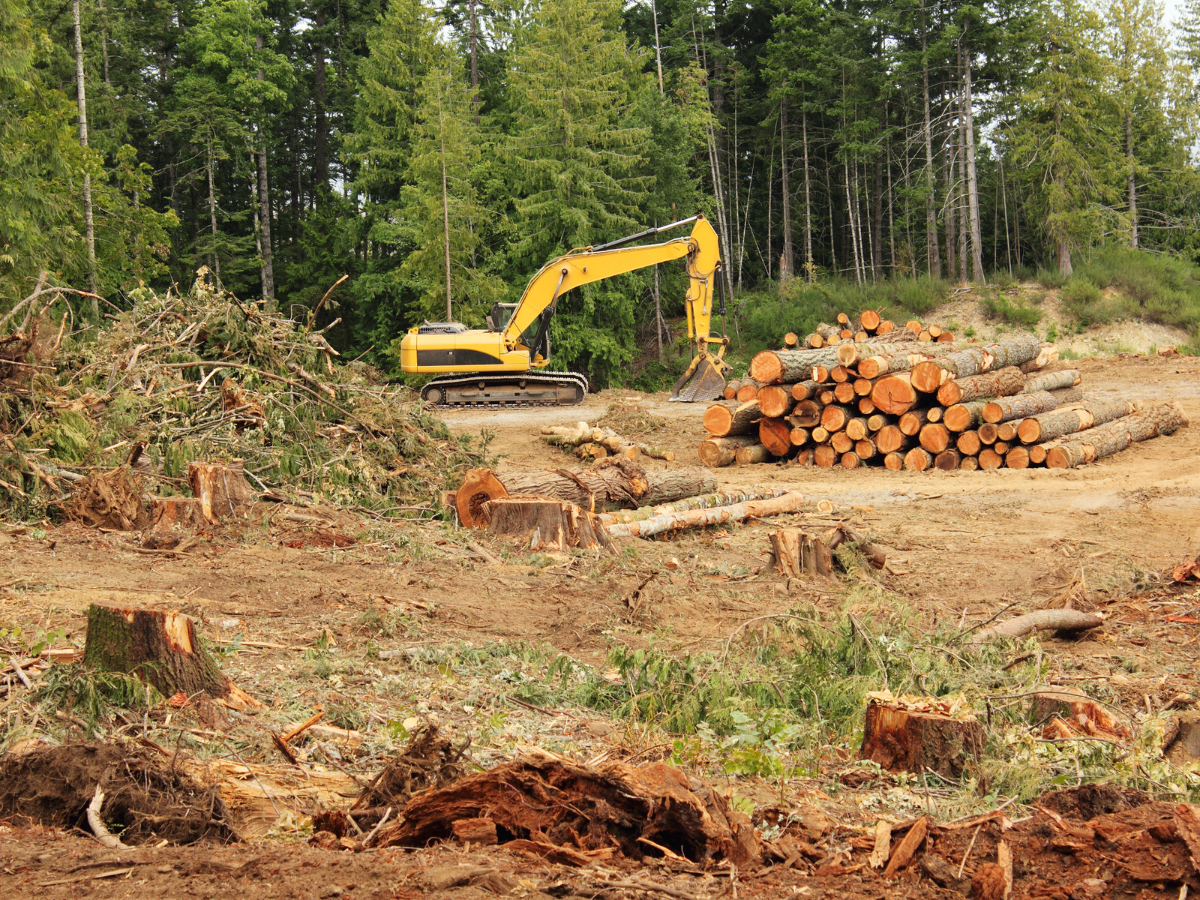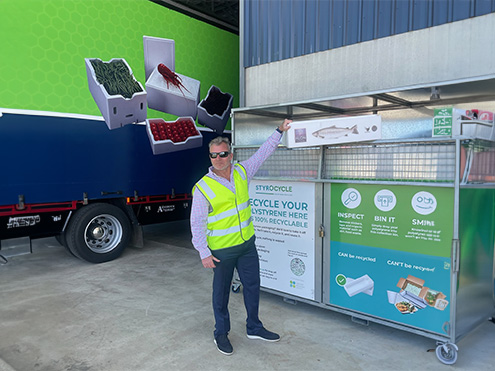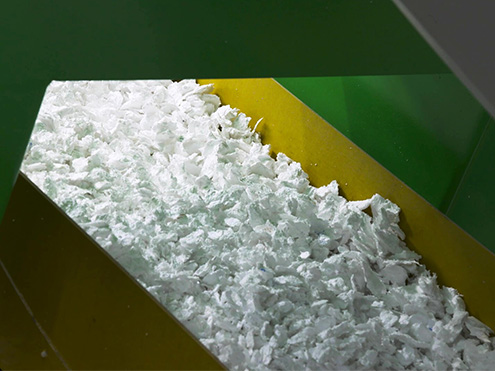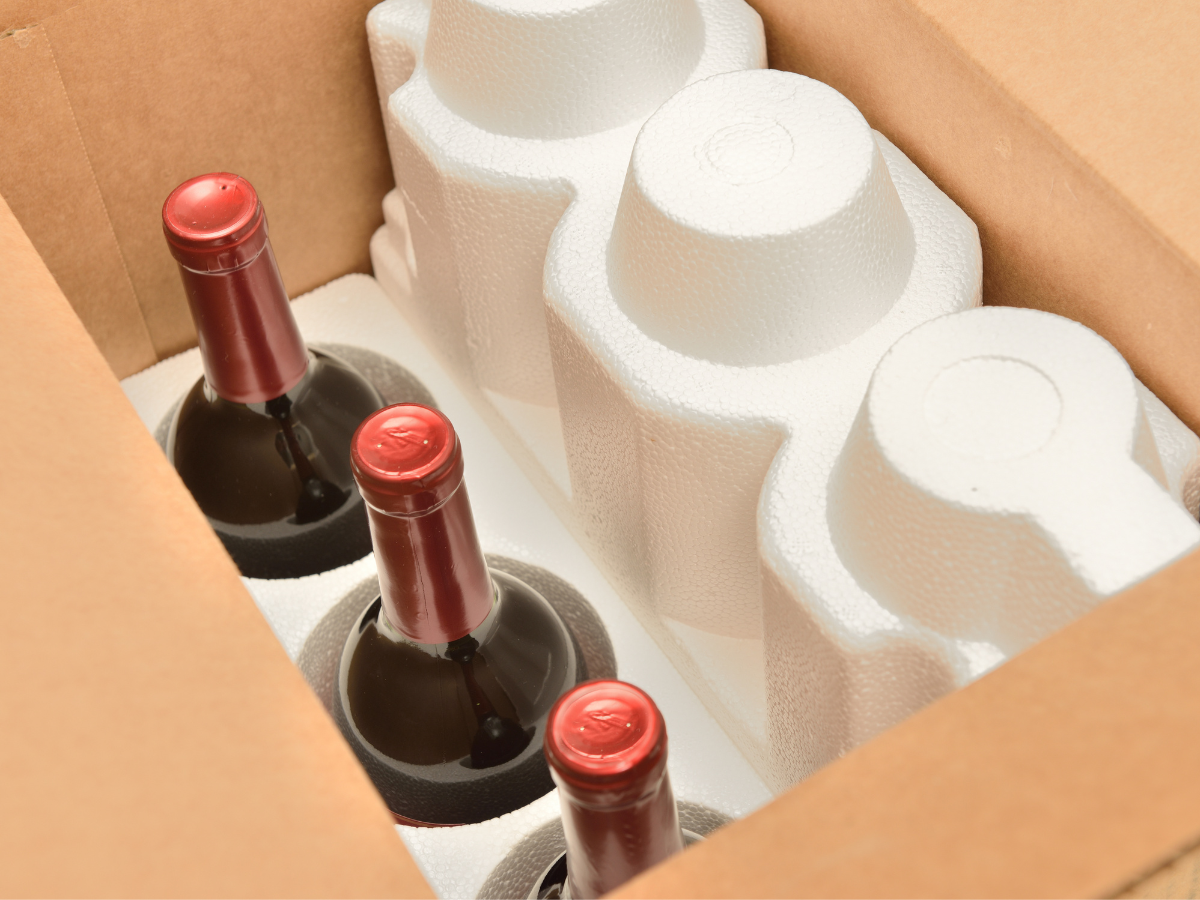The global focus on environmental sustainability has brought packaging materials to the forefront of ecological discussions. As industries worldwide grapple with reducing their carbon footprint, the debate over the most environmentally friendly packaging materials – particularly plastics versus paper – has intensified. This complex scenario demands a deeper exploration of the environmental impacts and benefits of each option, setting the stage for a more informed dialogue.
Understanding the Environmental Impact: Plastics vs. Paper
Recent trends favouring paper over plastics, as discussed in the Society of Plastics Engineers (SPE) article and by environmental advocates like Nicole Rycroft from Canopy, reveal a multifaceted environmental dilemma. The shift to paper, while aimed at reducing plastic waste, brings its own set of environmental challenges, including rampant deforestation and significant energy demands in production. The alarming rate of over three billion trees cut down each year for paper products, coupled with the high energy consumption of the paper industry, calls into question the true environmental cost of paper packaging.


EPS: A Recyclable and Sustainable Choice
In the midst of this debate, Expanded Polystyrene (EPS) emerges as a sustainable and often overlooked packaging solution. Its 100% recyclability and vital role in the circular economy make it a standout choice for environmentally conscious packaging. Particularly in the fresh food industry, EPS’s superior insulation properties, resistance to mould and bacteria, and ability to reduce food spoilage and greenhouse gas emissions highlight its essential role in sustainable packaging.
Electrolux Case Study: A Lesson in Sustainable Packaging
Electrolux’s journey in transitioning away from Expanded Polystyrene Packaging to paper-based packaging for its large appliances serves as a pivotal case study. The company faced increased environmental impacts and challenges in adequately protecting heavy, fragile appliances. This experience underscored the irreplaceability of EPS for packaging heavy items like white goods, as well as precision instruments. Electrolux’s realization that EPS’s unique properties—protective qualities, lightweight nature, and cost-effectiveness—cannot be matched by current alternatives, demonstrates the necessity of EPS in specific sectors.
Read the full case study here
Polyfoam: Leading the Way in EPS Packaging
With nearly four decades of experience, Polyfoam Australia exemplifies the pinnacle of Expanded Polystyrene packaging solutions. Their commitment transcends production, encompassing product stewardship and innovative recycling practices. By converting used EPS into new products such as building insulation, Polyfoam illustrates the practicality and sustainability of EPS recycling.
The National Plastics Plan and Expanded Polystyrene
The National Plastics Plan’s approach to phasing out EPS in areas like single-use food & beverage containers and packaging peanuts, while allowing its use in indispensable applications, reflects a nuanced understanding of its importance. These exemptions, including EPS for fresh produce boxes, medical applications, and heavy product packaging, acknowledge the irreplaceable role of EPS where no viable alternatives exist. This governmental recognition reinforces EPS’s essential role in sustainable packaging solutions across diverse industries.

The Comprehensive Benefits of EPS
Expanded Polystyrene (EPS) is not just a packaging material; it’s a versatile solution that offers extensive benefits beyond its core applications. Its attributes extend into economic, environmental, and logistical realms, making it a valuable asset in a variety of sectors.
Economic Efficiency and Environmental Sustainability
One of the most significant advantages of Expanded Polystyrene (EPS) is its lightweight nature. This characteristic is not just a matter of convenience; it has profound implications for both economic efficiency and environmental sustainability. In terms of transportation, the lightweight quality of EPS means that vehicles carrying EPS-packaged goods consume less fuel compared to heavier packaging materials. This reduction in fuel consumption directly translates to lower transportation costs and, importantly, a decrease in greenhouse gas emissions. For businesses that rely on long-distance shipping, whether nationally or globally, the choice of EPS packaging can lead to substantial cost savings and a smaller carbon footprint.
Customization and Protection
EPS’s adaptability to various shapes and sizes is another key advantage. This material can be custom-moulded to fit any product, providing precision packaging that is specifically tailored to the needs of each item. This customisation is not just about ensuring a snug fit; it provides unparalleled protection for the contents, significantly reducing the risk of damage during transit. For delicate or high-value items, such as electronics, medical equipment, or precision instruments, this can mean the difference between a safe arrival and costly damages.
The protective nature of Expanded Polystyrene also extends to its insulating properties. For products sensitive to temperature fluctuations, such as pharmaceuticals, food, and certain chemicals, EPS packaging helps in maintaining a stable environment. This insulation is crucial in preserving the integrity and efficacy of these products, particularly when they are subjected to varied temperatures during transport.


Minimising Waste
Another often-overlooked benefit of EPS is its role in minimising waste. Its ability to be moulded precisely means that it can be designed to fit products exactly, reducing the need for additional filling materials. This precision not only enhances product protection but also reduces the overall volume of packaging material required. Less material means less waste, contributing to a more sustainable packaging solution. Additionally, the durability of EPS ensures that it can withstand multiple uses without losing its protective qualities, further extending its life cycle, and reducing the need for frequent replacements.
EPS Recycling and Sustainability
The recyclability of Expanded Polystyrene is a vital component of its sustainability profile. While EPS recycling is an area that requires more attention and infrastructure, the potential for recycling this material is significant. When properly recycled, EPS can be transformed into a variety of new products, including construction materials like insulated concrete forms, further extending its useful life and reducing its environmental impact. This aspect of EPS aligns with the growing global emphasis on circular economy principles, where the goal is to keep materials in use for as long as possible, extract the maximum value while in use, and recover and regenerate products and materials at the end of their life.


EPS and the Future of Sustainable Packaging
Looking ahead, the role of Expanded Polystyrene (EPS) in sustainable packaging is set to evolve further. Innovations in EPS recycling technologies and the development of biodegradable EPS alternatives are paving the way for even more environmentally friendly options. The commitment of industry leaders like Polyfoam to these advancements is crucial in driving this progress, ensuring that EPS continues to be a key component of sustainable packaging strategies.
Conclusion: Embracing a Balanced Approach to Packaging
The journey towards sustainable packaging is complex and multifaceted, requiring a balanced approach that considers the unique benefits and applications of materials like EPS. Polyfoam’s expertise and commitment to sustainability underscore the potential of EPS as an indispensable component in environmentally responsible packaging strategies. As we continue to navigate the intricacies of environmental sustainability, recognizing the critical role of EPS and similar materials is essential for achieving a comprehensive and effective approach to ecological stewardship.




